2025 Guide to Electric Cars for Seniors: Models, Benefits, and Buying Tips
Introduction
As we move into 2025, the automotive landscape is rapidly evolving, particularly with the rise of electric vehicles (EVs). For seniors, the decision to switch to an electric car can be influenced by various factors, including environmental concerns, cost savings, and ease of use. This guide aims to provide seniors with a comprehensive overview of the electric car market in 2025, focusing on the best models, the benefits of driving electric, and essential buying tips.
Understanding Electric Cars
Electric cars are vehicles that are powered entirely or partially by electricity. They come in different types, primarily battery electric vehicles (BEVs) and plug-in hybrid electric vehicles (PHEVs). BEVs run solely on electric power, while PHEVs combine a conventional internal combustion engine with an electric motor, allowing for both electric and gasoline driving.
Benefits of Electric Cars for Seniors
Making the switch to an electric vehicle can bring several advantages, especially for seniors. Here are some key benefits:
1. Cost Savings
Electric cars typically have lower operating costs compared to gasoline vehicles. Electricity is often cheaper than gasoline, and EVs require less maintenance as they have fewer moving parts. Seniors can save on fuel costs and enjoy lower maintenance bills.
2. Environmental Impact
Driving an electric car significantly reduces carbon emissions, contributing to a cleaner environment. For seniors concerned about climate change and air quality, switching to an electric vehicle can align with their values and desire to leave a better world for future generations.
3. Quiet and Smooth Driving Experience
Electric cars are known for their quiet operation and smooth acceleration. This can be particularly appealing for seniors who may prefer a more serene driving experience, free from the noise and vibrations associated with traditional gas-powered vehicles.
4. Advanced Safety Features
Many electric vehicles come equipped with the latest safety technologies, such as automatic emergency braking, adaptive cruise control, and lane-keeping assistance. These features can enhance driving safety for seniors, allowing them to feel more secure on the road.
5. Easy to Charge
Charging an electric vehicle can be done at home, which is convenient for seniors. Many models now offer fast-charging capabilities, enabling drivers to recharge their vehicles quickly and efficiently. Public charging stations are also becoming more prevalent, making long trips more manageable.
Popular Electric Car Models for Seniors in 2025
When it comes to selecting an electric vehicle, there are numerous models on the market. Here are some of the top electric cars for seniors in 2025:
1. Nissan Leaf
The Nissan Leaf has long been a favorite among electric car buyers. With a spacious interior and user-friendly technology, it offers a comfortable ride. The latest model features improved range and safety features, making it a practical choice for seniors.
2. Toyota Prius Prime
The Toyota Prius Prime is a plug-in hybrid that combines the benefits of electric driving with the reassurance of a gasoline engine. It offers a good electric-only range and excellent fuel efficiency, making it ideal for seniors who may not want to rely solely on electric power.
3. Ford Mustang Mach-E
For seniors looking for a stylish electric SUV, the Ford Mustang Mach-E delivers a blend of performance and comfort. With a spacious interior and advanced technology, it caters to seniors who value both aesthetics and functionality.
4. Hyundai Kona Electric
The Hyundai Kona Electric is a compact SUV that provides a comfortable ride, ample cargo space, and an impressive electric range. Its user-friendly infotainment system is particularly appealing to seniors looking for simplicity in technology.
5. Chevrolet Bolt EV
The Chevrolet Bolt EV offers an impressive electric range and a spacious interior at an affordable price point. It’s an excellent choice for seniors who want an economical vehicle without sacrificing comfort or performance.
Buying Tips for Seniors
When considering the purchase of an electric vehicle, seniors should keep the following tips in mind:
1. Assess Your Driving Needs
Before making a decision, evaluate your typical driving patterns. Consider how far you usually drive daily and whether you have access to charging stations at home or nearby. Understanding your driving needs will help you choose the right model and range.
2. Take Advantage of Test Drives
Test driving various models is crucial in finding the right fit. Pay attention to comfort, visibility, and ease of handling. This is especially important for seniors, as comfort and ease of use are paramount in their driving experience.
3. Research Incentives and Rebates
Many regions offer incentives and rebates for purchasing electric vehicles. Research local programs that could help offset the cost of your new car. These incentives can significantly reduce the financial burden of buying an electric vehicle.
4. Evaluate Charging Options
Consider your charging options carefully. If you plan to charge at home, ensure that you have the necessary electrical infrastructure. If you rely on public charging stations, check their availability in your area and along routes you frequently travel.
5. Focus on Safety Features
Look for models that come with advanced safety features. Many electric cars are equipped with technology that aids in collision prevention and enhances overall safety. Prioritize vehicles that offer these features to ensure a safe driving experience.
6. Consider Resale Value
Research the resale value of the electric vehicle models you are interested in. Some electric cars have better resale values than others, which can be an important consideration for seniors who may want to sell or trade in their vehicles in the future.
Charging Electric Vehicles
Understanding how to charge an electric vehicle is essential for any potential buyer. Here’s an overview of charging options:
1. Home Charging
Most electric vehicle owners opt for home charging. Installing a Level 2 home charging station can significantly reduce charging time compared to a standard outlet. Home charging is convenient, allowing seniors to charge their vehicles overnight and start each day with a full battery.
2. Public Charging Stations
Public charging stations are becoming increasingly common. Many shopping centers, parking garages, and highway rest areas now offer charging options. It's important for seniors to familiarize themselves with the locations of these stations, especially when planning longer trips.
3. Fast Charging
Fast charging stations can recharge an electric vehicle's battery to 80% in about 30 minutes. These stations are typically located along highways for long-distance travel, providing a quick way to recharge during road trips.
4. Charging Costs
While charging at home is generally less expensive, costs can vary for public charging stations. Some offer free charging, while others may have fees. Seniors should consider these costs when planning their charging strategy.
Conclusion
The transition to electric vehicles in 2025 offers numerous benefits for seniors, from cost savings to advanced safety features. With many excellent models available, seniors can find a vehicle that meets their needs and preferences. By following the buying tips outlined in this guide, seniors can make informed decisions and enjoy the many advantages of driving electric.
Final Thoughts
Electric vehicles are more than just a trend; they represent a significant shift in how we think about transportation. For seniors, the benefits of electric cars can enhance mobility and independence while contributing to a healthier planet. As you explore your options, remember that the right electric vehicle is out there waiting for you to discover it.
Explore

Revving into 2025: The Ultimate Guide to Muscle Cars – Features, Trends, and Models
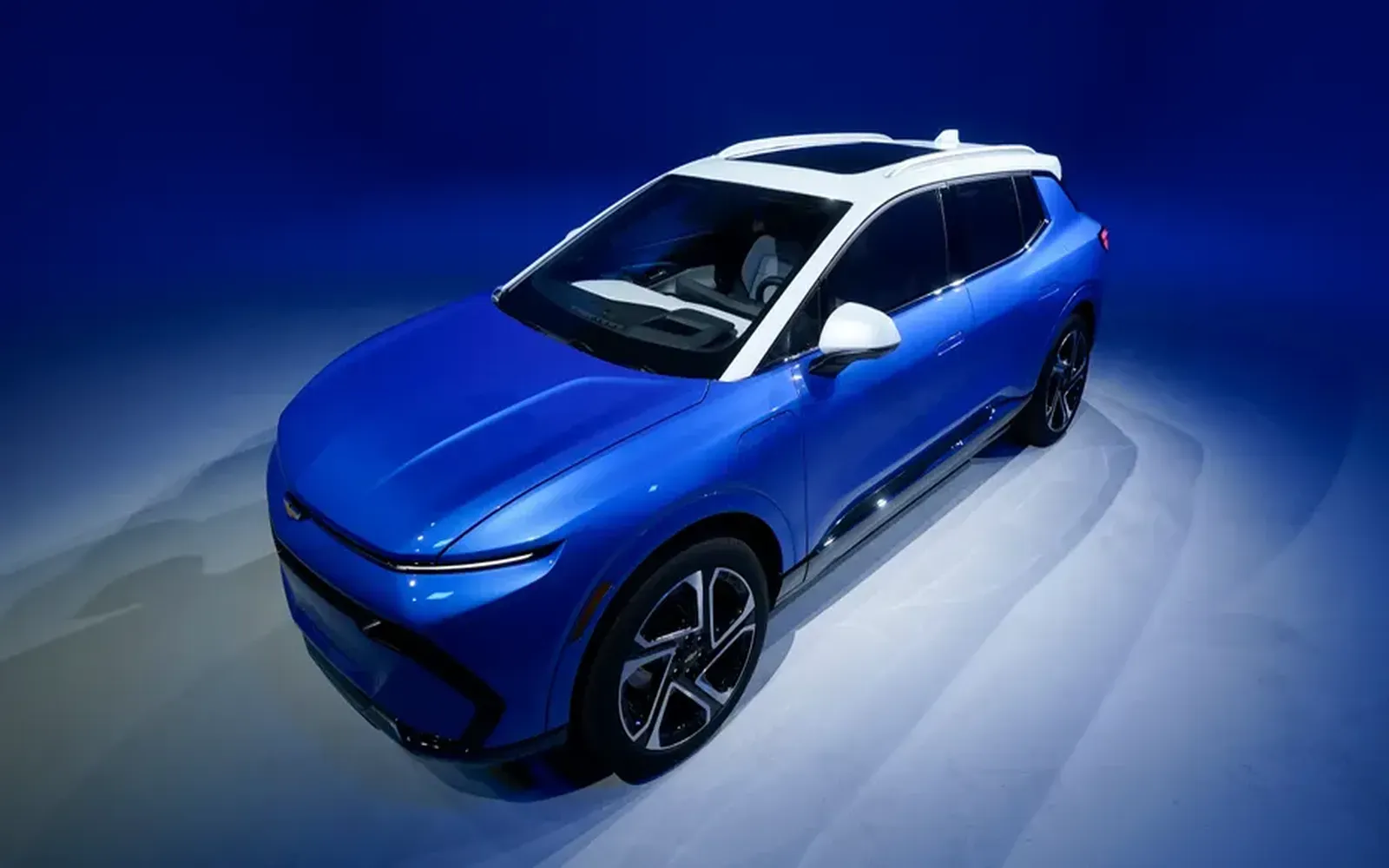
Affordable Electric Cars: Your Ultimate Guide to Budget-Friendly EVs in 2025
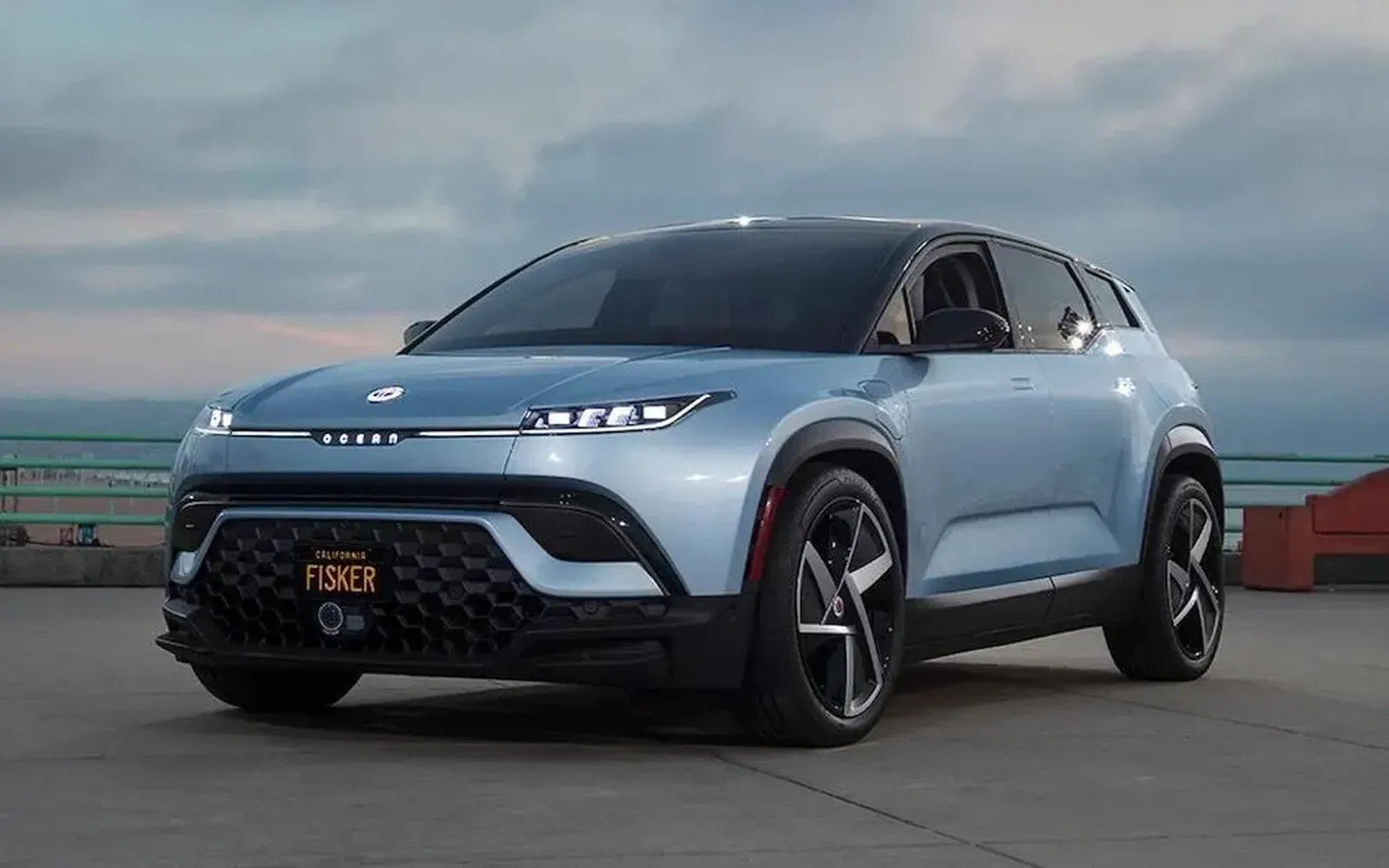
Electric Cars in 2025: The Future of Sustainable Driving and Innovative Technology
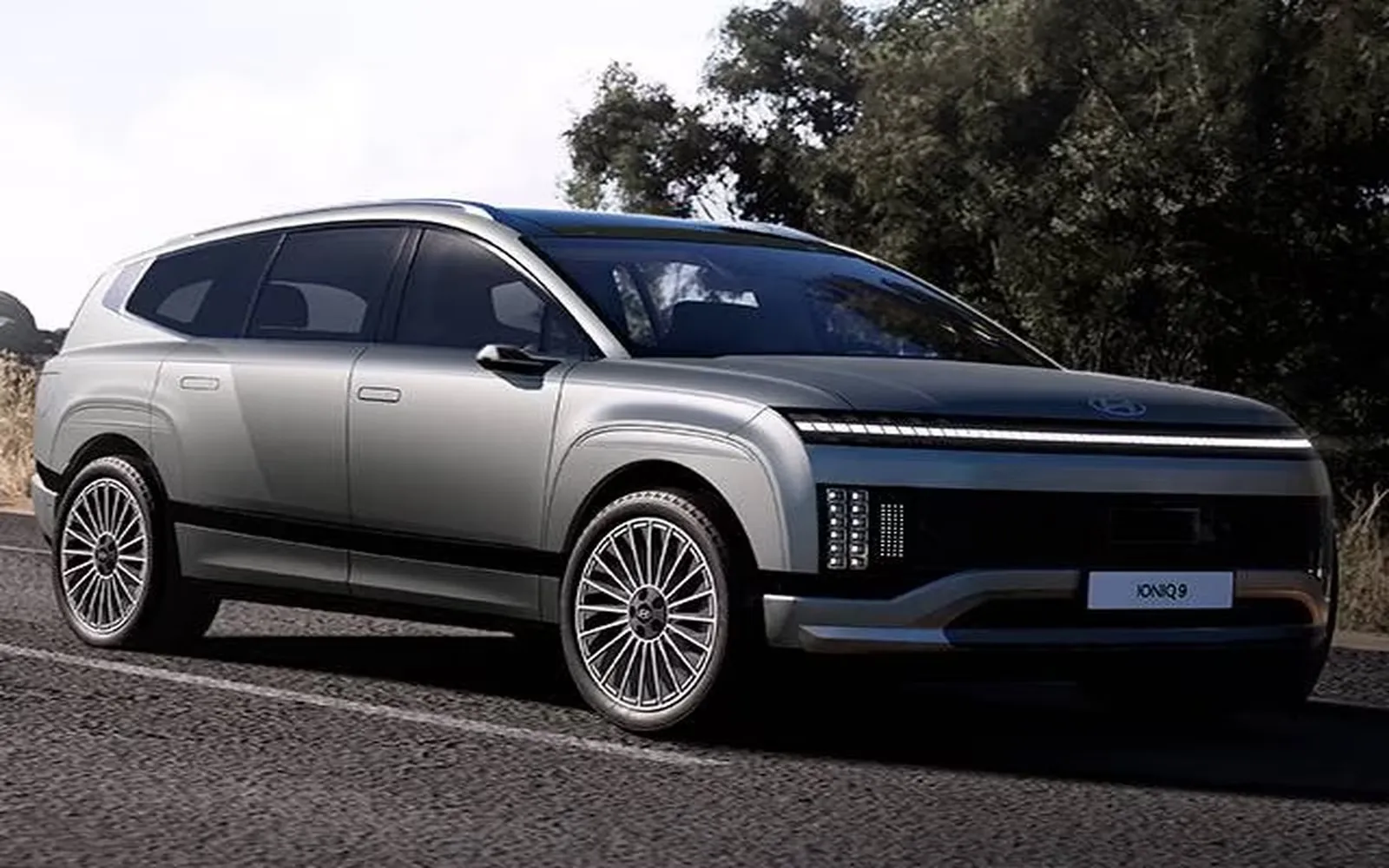
Electric Cars of 2025: The Best EVs to Drive into the Future
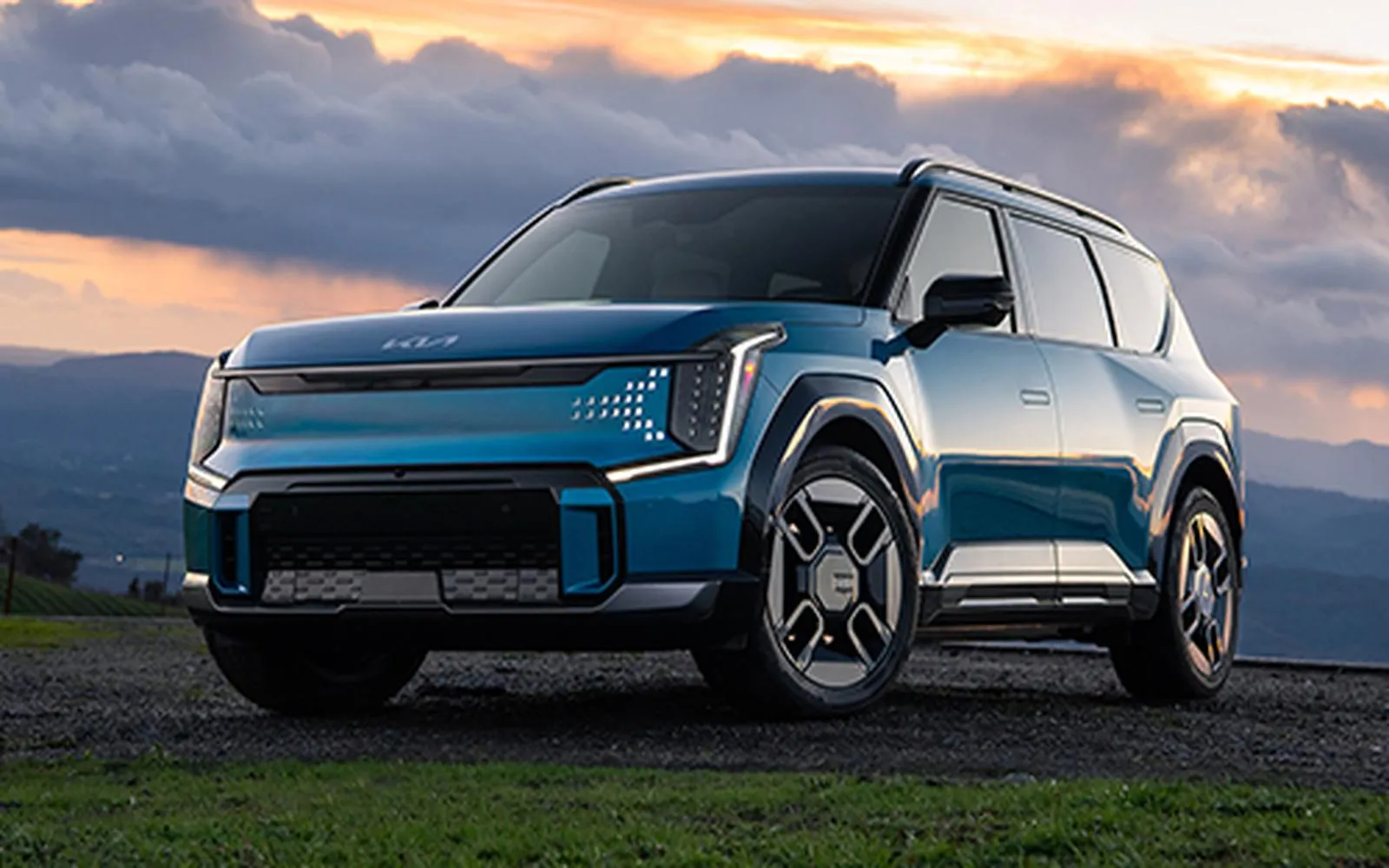
Used Electric Cars to Consider in 2025: Eco-Friendly Choices for Every Budget

2025 Guide to Buying Used Diesel Trucks for Sale: Best Deals & Tips

🚗 Best Cars for Seniors in 2025: Safe, Comfortable & Easy to Drive
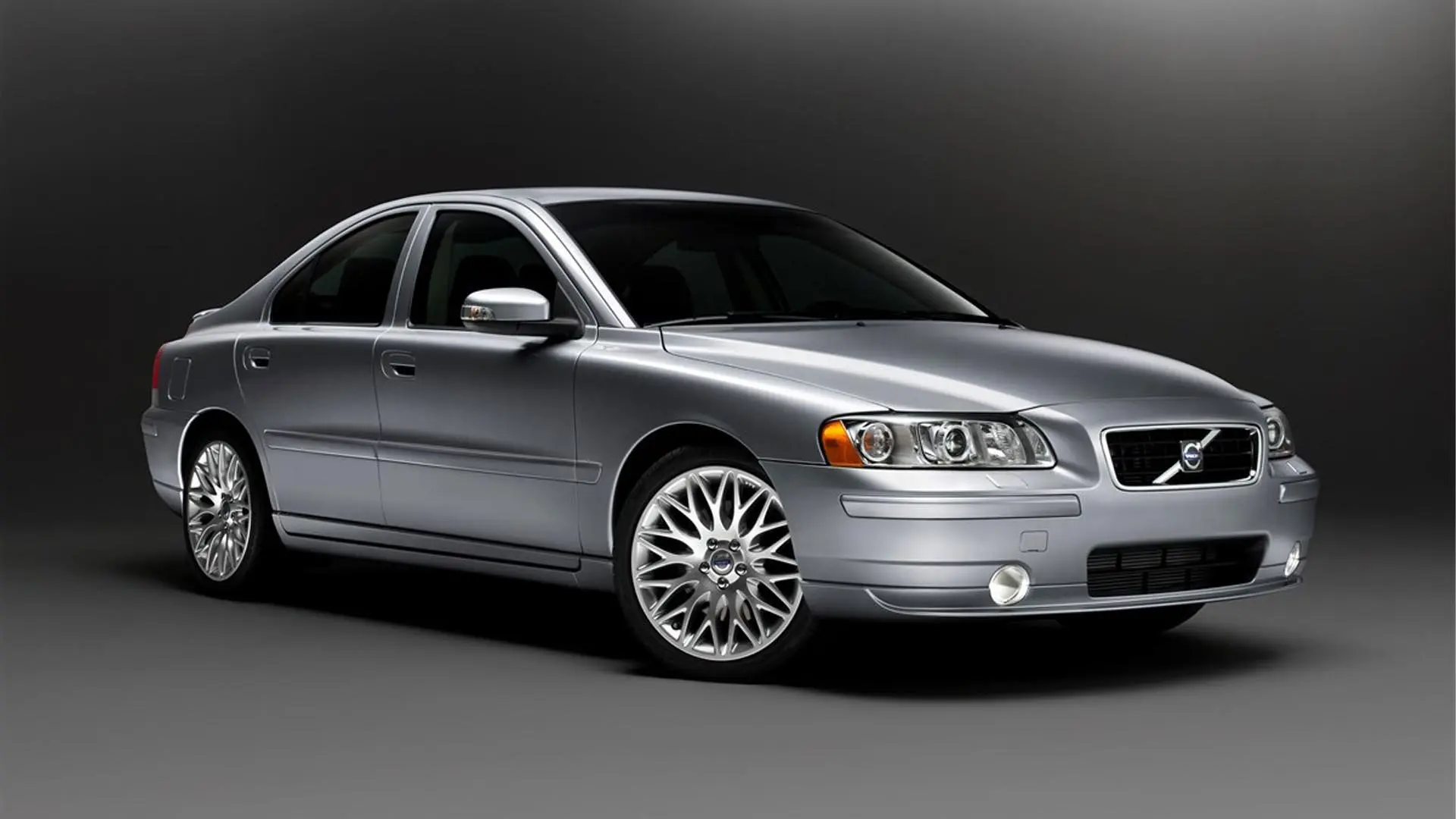
Finding Affordable Leftover Volvo Models
